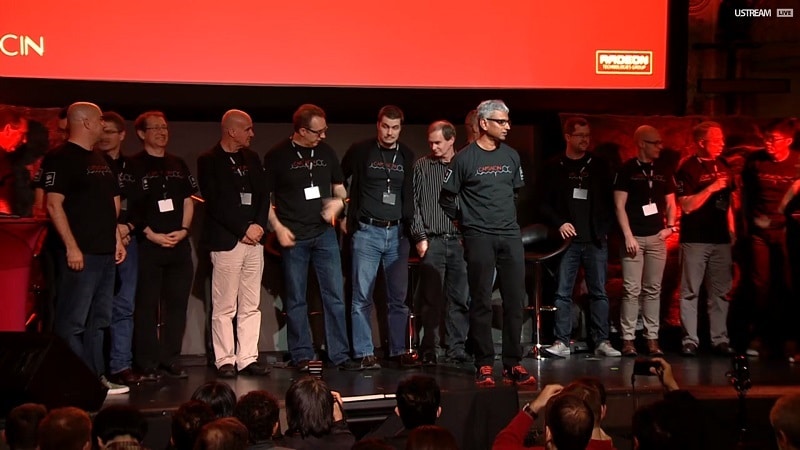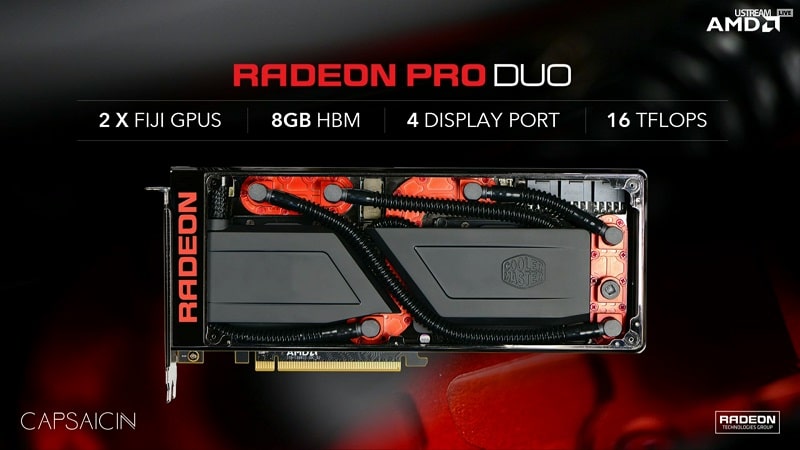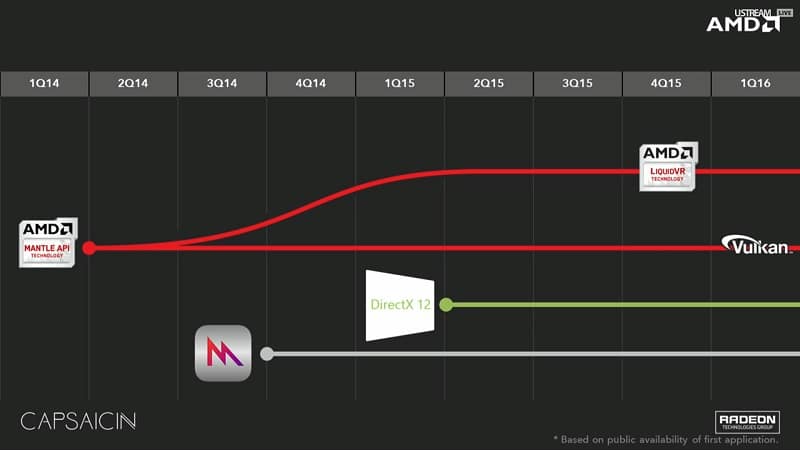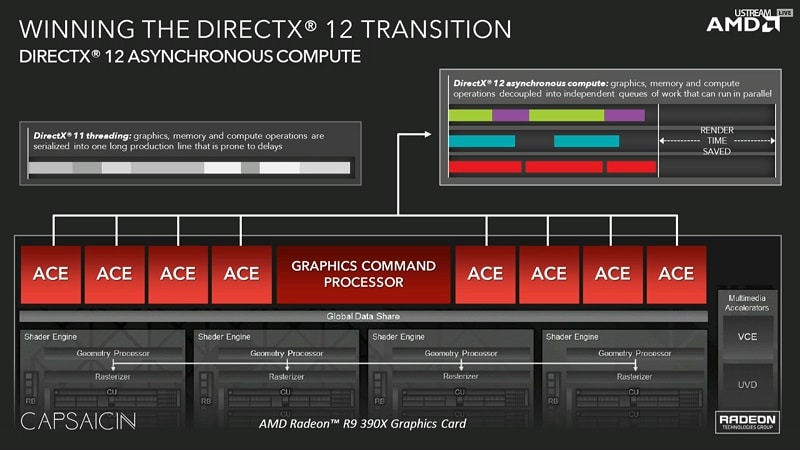AMD’s Raja Koduri Talks Future Developments – Capsaicin
Samuel Wan / 9 years ago

Even though a lot of information was shared from the Capsaicin live stream, some details weren’t made known till the after party. In an interview, Radeon Technologies Group head Raja Koduri spoke in more detail about the plans AMD has for the future and the direction they see gaming and hardware heading towards.
First up of course, was the topic of the Radeon Pro Duo, AMD’s latest flagship device. Despite the hefty $1499 price tag, AMD considers the card a good value, something like a FirePro Lite, with enough power to both game and develop on it, a card for creators who game and gamers who create. If AMD does tune the drivers more to enhance the professional software support, the Pro Duo will be well worth the cash considering how much real FirePro cards cost.

Koduri also see the future of gaming being dual-GPU cards. With Crossfire and SLI, dual GPU cards were abstracted away as one on the driver level. Because of this, performance widely varies for each game and support requires more work on the driver side. For DX12 and Vulkan, the developer can now choose to implement multi-GPU support themselves and build it into the game for much greater performance. While the transition won’t fully take place till 2017-2019, AMD wants developers to start getting used to the idea and getting ready.

This holds true for VR as well as each GPU can render for each eye independently, achieving near 2x performance benefit. The benefits though are highly dependent on the game engine and how well it works with LiquidVR. Koduri notes that some engines are as easy as a few hours work while others may take months. Roy Taylor, VP at AMD was also excited about the prospect of the upcoming APIs and AMD’s forward-looking hardware finally getting more use and boosting performance. In some ways, the use of multi-GPU is similar to multi-core processors and the use of simultaneous multi-threading (SMT) to maximize performance.

Finally, we come to Polaris 10 and 11. AMD’s naming scheme is expected the change, with the numbers being chronologically based, so the next Polaris will be bigger than 11 but not necessarily a higher performance chip. AMD is planning to use Polaris 10 and 11 to hit as many price/performance and performance/watt levels as possible so we can possibly expect multiple cards to be based on each chip, meaning probably 3. This should help AMD harvest imperfect dies and help their bottom line. Last of all, Polaris may not feature HBM2 as AMD is planning to hold back till the economics make sense. That about wraps it up for Capsaicin!



















